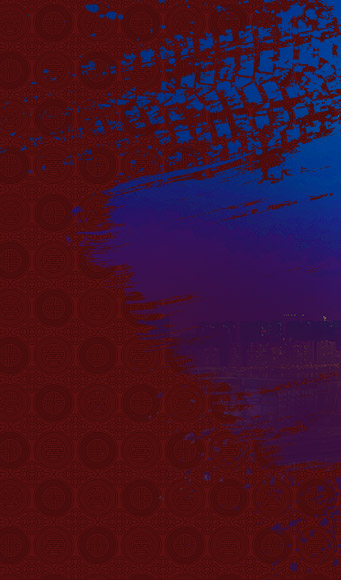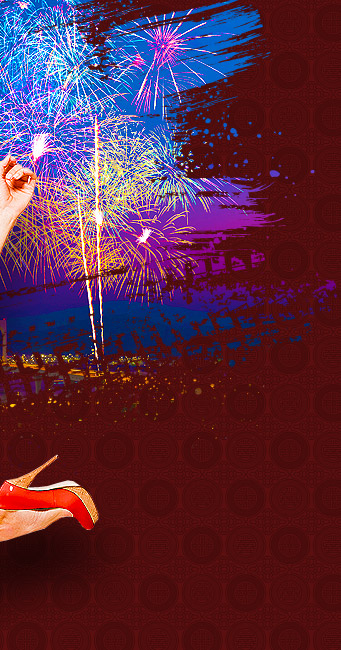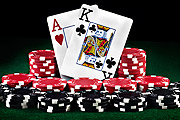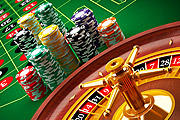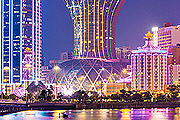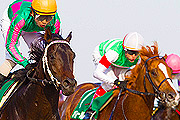History of Macau
The Portuguese settled in Macau between 1554 and 1557 during the great era of Portuguese exploration initiated by Prince Henry the Navigator. Vasco da Gama made his historic voyage to India at the end of the 15th century, and early in the 16th century the Portuguese explorers moved further east, and then turned north.
According to Macau history, Jorge Alvares became the first Portuguese to set foot in Southern China in 1513, and this visit was followed by the establishment of a number of Portuguese trading centers in the area. These were eventually consolidated at Macau, which boomed with a virtual monopoly on trade between China and Japan and between both nations and Europe.
Macau also served as a vital base for the introduction of Christianity to China and Japan, an activity which provided the city with some of the most glorious - and tempestuous - moments in its history. Because of the prosperity Macau was enjoying and its privileged location, other European nations began casting covetous looks at Macau and plotted to seize it from Portugal. The Dutch actually tried to invade the city in 1622 but were repulsed.
As time passed and other trading nations from the west sent missions to China, Macau became the summer residence for the taipans (great traders) who retreated from their "factories" in Guangzhou (better known perhaps as Canton) to await the opening of the trading season.
Then in 1841, the British settled in Hong Kong, an island 40 miles east-northeast of Macau. Its deep water attracted ships, and trade shifted to the Crown Colony. The economic importance of Macau declined as Hong Kong developed into one of the world's major commercial centers. Nevertheless, Macau is still regarded as an important distribution outlet for rice, fish, piece goods and other Chinese products, and enjoys an active manufacturing and exporting business, mainly of textiles and garments, toys, electronics and footwear.
According to legend concerning the history of Macau, a junk sailing across the South China Sea one clear day found itself in a sudden storm. Everybody on board was about to give up all hope of surviving this natural calamity, when an attractive young woman, who had boarded the ship at the very last minute, stood up and ordered the elements to calm down. Miraculously, the gale winds stopped blowing and the sea became calm. Without further incident, the junk arrived safely at the port of Hoi Keang. The young woman stepped ashore and walked to the crest of the nearby Barra Hill where, in a glowing halo of light and perfume, she ascended into heaven. On the particular spot where she set foot on land, a temple was built in homage to her. Centuries later, when Portuguese sailors landed and asked the name of the place, the natives replied A-Ma-Gao (Bay of A-Ma). And so the peninsula was renamed. In modern usage, Amagao was shortened to Macau.
域名 HaoWuan.com 正在出售中,如果您对该域名感兴趣,请点击这里提供您的报价。
The domain name HaoWuan.com maybe for sale. Please click here if you would like to make an offer.

